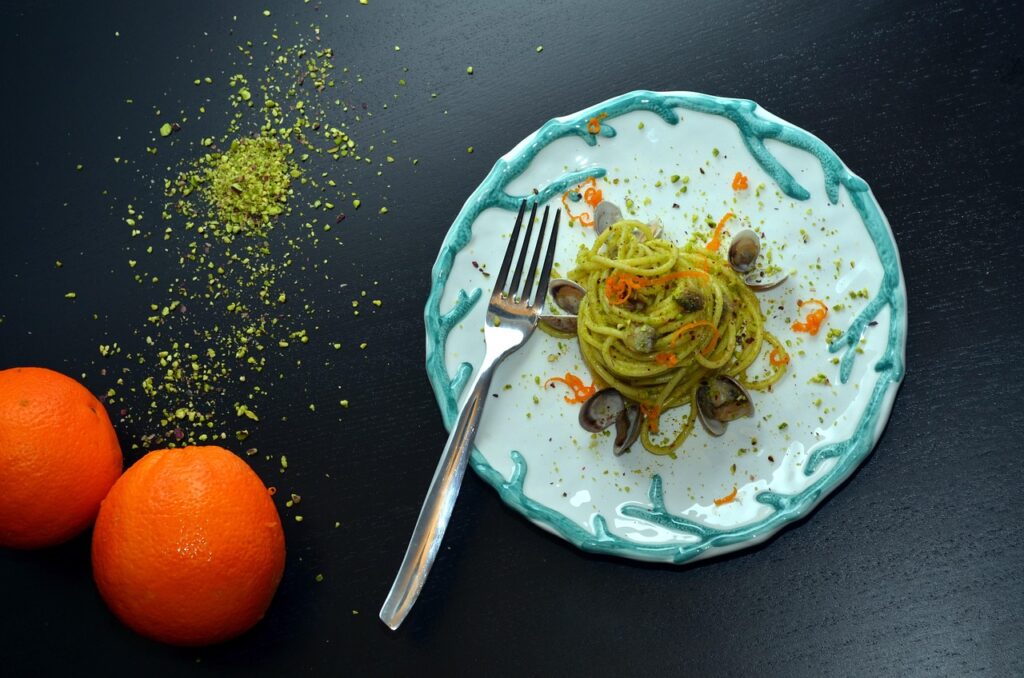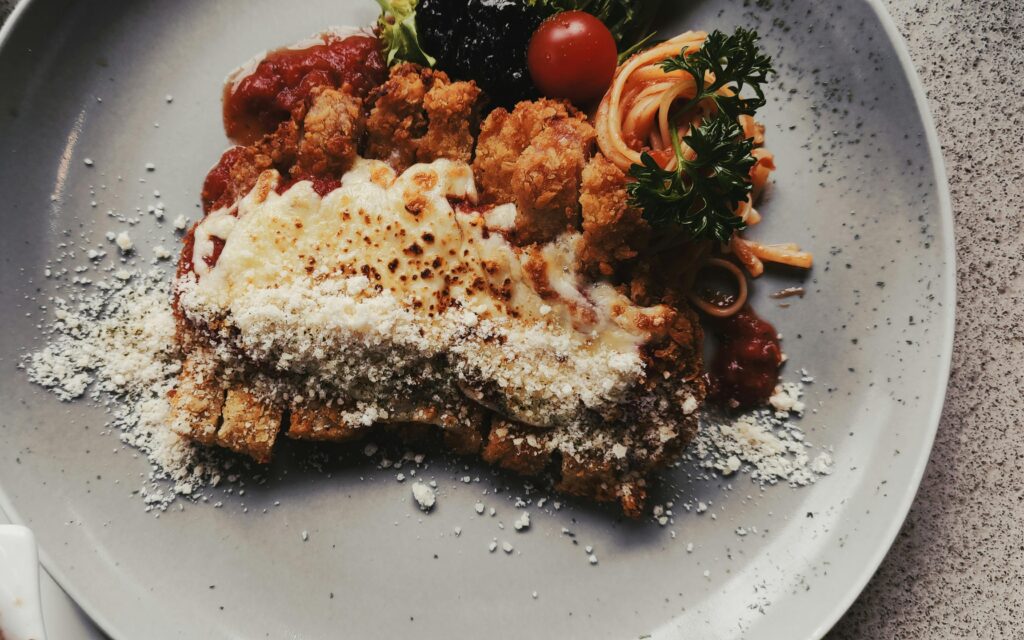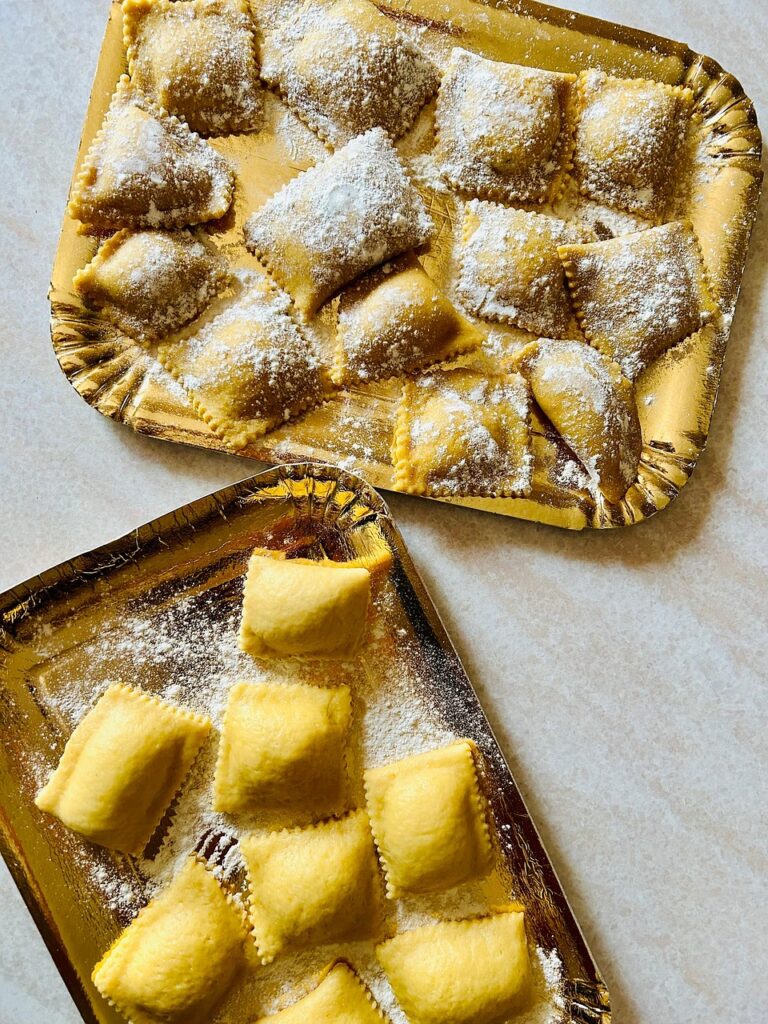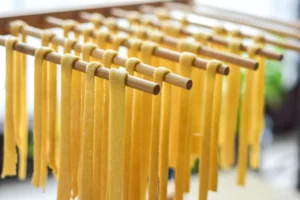
10 Excellent Reasons Linguine Pasta Deserves a Spot on Your Table
Focus keyword: Linguine pasta
Introduction
Linguine pasta is one of the most versatile and beloved types of Italian pasta. Known for its elegant, ribbon-like shape, it strikes the perfect balance between thin spaghetti and wide fettuccine.
Because of its flat, narrow form, linguine pasta holds sauces beautifully, making it an excellent choice for seafood, creamy, or herb-based dishes.
The Origins
Linguine pasta comes from the Liguria region of Italy, particularly the coastal city of Genoa. The name “linguine” translates to “little tongues” in Italian, describing its long, flat, tongue-like shape.
Traditionally, Liguria is known for fresh seafood and basil pesto. Linguine pasta naturally complements both. For an authentic pesto reference, see Pesto alla Genovese.
Why it Stands Out
Linguine pasta stands out because it combines practicality with elegance. Unlike spaghetti, which sometimes lets sauces slide off, linguine’s flat surface helps it retain flavors more effectively.
Compared with fettuccine, which can feel heavy, linguine pasta delivers a lighter, more refined experience. Its versatility makes it a favorite in kitchens worldwide.
Also visit https://pastaloverz.com/bucatini-pasta-guide
Nutritional
Linguine pasta is not just delicious but also provides a balanced source of energy. A standard serving (about 2 ounces dry) delivers carbohydrates, protein, and varying amounts of fiber depending on the type.
Typical nutrients per serving
Carbohydrates: ~40–42 grams. Protein: ~7 grams. Fiber: varies; whole-wheat linguine can provide up to 6 grams. Enriched pastas also supply iron, folate, and B vitamins.
The health value of linguine pasta depends on what you pair it with. Light olive oil, fresh vegetables, and seafood make it a nutritious option; heavy cream-based sauces increase calories and richness.
Classic Linguine Pasta Recipes
Below are three classic ways to prepare linguine pasta that highlight its texture and flavor.
With Clam Sauce
Known as Linguine alle Vongole, this dish pairs linguine pasta with fresh clams, garlic, white wine, parsley, and olive oil. The sauce is light and flavorful, and clings to the flat surfaces of the pasta.
Also visit https://pastaloverz.com/https-pastaloverz-com-pasta-tetrazzini/
Alfredo
A creamy classic that blends butter, cream, and Parmesan cheese. While Alfredo traditionally uses fettuccine, linguine pasta offers a slightly lighter alternative that still captures the sauce well.
with Pesto
Liguria’s pride, pesto alla Genovese, pairs flawlessly with linguine pasta. The flat noodles are filled with crushed basil, pine nuts, garlic, Parmesan, and olive oil, resulting in a fragrant dish. For more about pasta traditions, browse Eataly’s pasta guide.
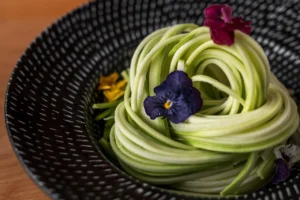
Modern Twists
Chefs worldwide use it in inventive dishes. A few contemporary ideas include:
- With truffle cream sauce
- With avocado pesto for a vegan twist
- With chili and garlic shrimp
- With roasted seasonal vegetables
Pairing with Sauces
It pairs best with sauces that are flavorful but not overly dense. Top choices include seafood sauces, herb-based pestos, light cream sauces, and tomato-based sauces with vegetables or seafood.
Avoid very heavy meat ragus; thicker pasta like pappardelle works better for those.
It welcomes simple, fresh ingredients. Classic pairings:
- Olive oil and garlic
- Seafood such as clams, shrimp, or scallops
- Fresh herbs like basil and parsley
- Vegetables: zucchini, tomatoes, spinach
- Cheeses: Parmesan, pecorino, or ricotta
Tips for Cooking Perfectly
Small details make a big difference when cooking. Follow these simple steps for a reliable result.
- Use plenty of water: at least 4–6 quarts per pound of pasta.
- Salt generously: the water should taste like the sea.
- Stir early to prevent sticking.
- Cook al dente: usually 8–10 minutes, depending on brand.
- Reserve pasta water: a few tablespoons of starchy water help sauces cling.
- Toss, don’t drown: lightly coat the pasta instead of overloading it with sauce.

Conclusion: The Lasting Appeal
It is more than a shape. It’s a versatile, authentic part of Italian cuisine that adapts to both classic recipes and modern interpretations.
Whether you choose clams, pesto, or a light cream sauce, it brings balance and texture to the plate. Keep it in your pantry and you’ll find many ways to put it to use.
